
The most correct way to give first aid for stroke at home

Stroke is one of the leading causes of death and leaves serious sequelae if not treated promptly. Early recognition of signs and proper first aid can determine the patient's survival.
How dangerous is a stroke?
A stroke occurs when the blood supply to the brain is interrupted, depriving brain cells of oxygen and nutrients. There are two main types of stroke: ischemic stroke (usually caused by a blood clot blocking a blood vessel) and hemorrhagic stroke (a ruptured blood vessel causing bleeding in the brain).

In some cases, a patient may experience a transient ischemic attack (TIA) – a mini-stroke with brief symptoms that usually disappear within minutes to less than 24 hours. However, a TIA is a warning sign that a major stroke may occur in the near future.
If not given first aid and timely treatment, a stroke can cause death or leave serious sequelae such as hemiplegia, language disorders, memory loss, vegetative state, etc. According to statistics, up to 90% of stroke survivors suffer serious consequences, seriously affecting their quality of life and ability to work.
How to recognize someone having a stroke
A stroke can happen suddenly while a person is going about their normal activities. Typical symptoms include:
- Paralysis or weakness on one side of the body
- Mouth distortion, slurred speech or difficulty understanding
- Balance disorder, dizziness
- Sudden, severe headache
- Loss of spatial awareness and orientation
- Swallowing disorders, consciousness disorders
A simple and effective way to detect signs of stroke is to use the FAST rule:
- F – Face: Check for facial distortion or drooping eyelid on one side.
- A – Arms: Ask the patient to raise both arms, see if any arm cannot be lifted.
- S – Speech: Check if the patient has slurred speech or difficulty speaking.
- T – Time: If any of the above signs appear, call an ambulance immediately.
Even if the symptoms only last for a few minutes, the person should be taken to the hospital urgently because this could be a TIA – a warning sign of an impending serious stroke.
Instructions for proper first aid for stroke at home
When you discover someone you suspect is having a stroke, the most important thing is to stay calm and follow these steps:
- Step 1: Call an ambulance immediately
Contact the emergency number (115 or local emergency number) and provide clear information about the patient's condition.
- Step 2: Place the patient in a safe position
Have the patient lie on one side with the head slightly raised. This position helps prevent choking if vomiting occurs. Loosen clothing and remove accessories such as ties and scarves to help the patient breathe easier.
If the patient is a child, they should be placed on their left side to avoid suffocation.
- Step 3: Check breathing and circulation
If the patient stops breathing, perform artificial respiration or external cardiac massage if cardiac arrest occurs.
Use a clean cloth or protected hand to remove mucus or saliva from the patient's mouth if necessary.
Remove dentures if present to avoid choking hazard.
- Step 4: Keep the patient warm and calm
Cover the patient with a blanket to keep them warm while waiting for emergency help. Avoid moving the patient too much unless necessary or life-threatening.
- Step 5: Remember the symptoms and onset time
Record the time symptoms began.
Provide information to healthcare professionals about falls, head injuries, or medical history.

Mistakes to avoid when giving first aid for stroke
Improper first aid can make the patient's condition worse. Avoid:
- Do not let the patient lie on his back, because it can easily cause airway obstruction if he vomits or his tongue falls out during a coma.
- Do not give the patient food, drink or medication, as it can cause choking and is dangerous if swallowed uncontrollably.
- Do not insert needles into the fingertips or toes, this method has no medical basis and can cause injury.
- Do not scrape the wind or use folk remedies, because it will waste valuable emergency time.
- Do not hesitate, take the patient to a medical facility as soon as possible.
Important Note
Time is of the essence in stroke treatment. The “golden hour” of the first 3–6 hours can determine the patient’s chances of survival and recovery. Therefore, when detecting signs of stroke, providing proper first aid and calling an ambulance immediately is the most important step to protect the life and health of your loved ones.
News in the same category


Two quick and easy ways to wash yellowed pillow fillings, instantly turning them bright white like new.

“Brewing coffee with hot water is old-fashioned, brew coffee in cold water using the method of the past for an unexpectedly delicious taste.

Put a Wet Paper Sheet in the Washing Machine – Surprising Benefits, Something Every Household Needs This Winter
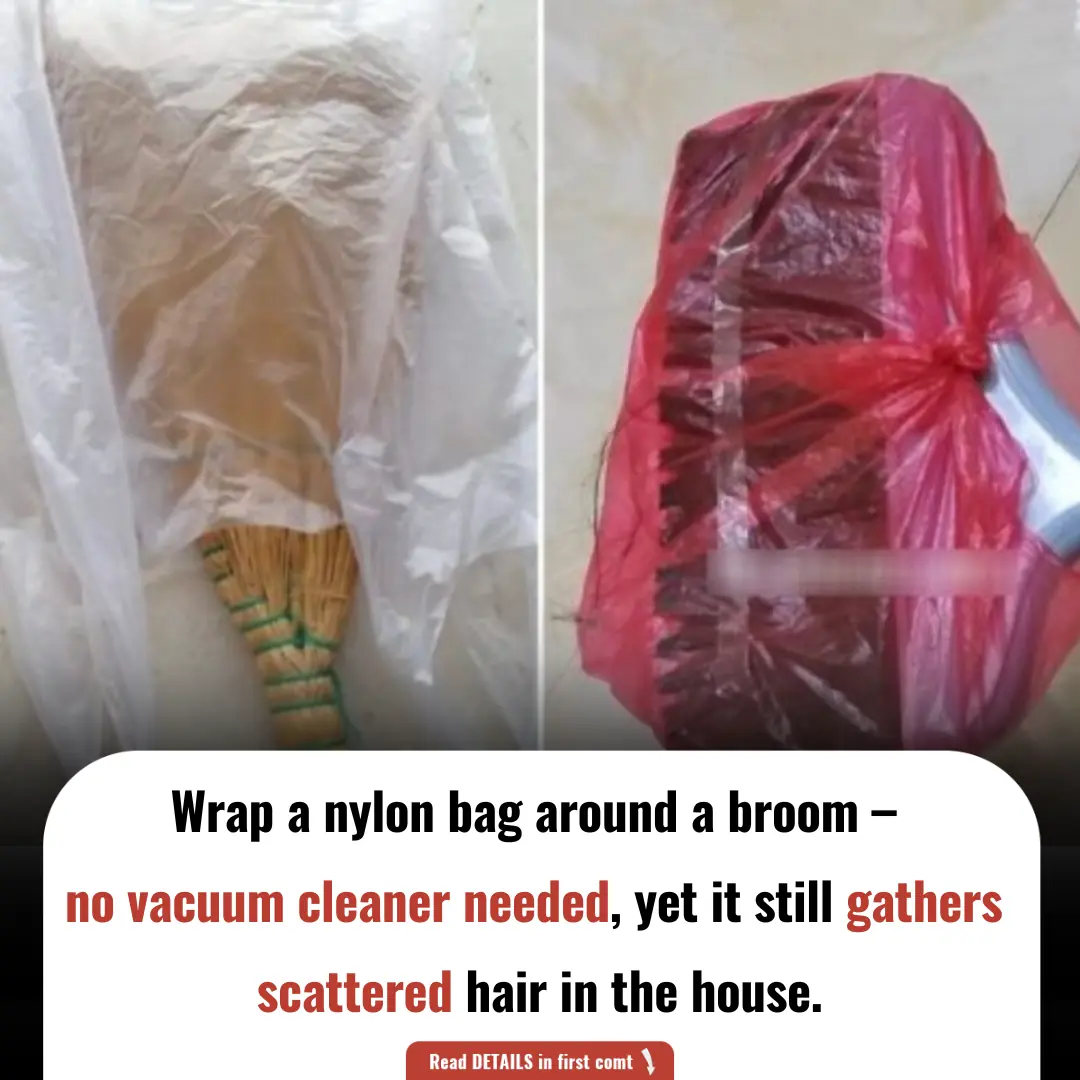
Wrap a nylon bag around a broom – no vacuum cleaner needed, yet it still gathers scattered hair in the house.

Fix a clogged showerhead with weak water flow in just 3 minutes – no need to spend money on a replacement

Experts reveal 3 ways to eliminate E. coli bacteria in water – essential knowledge to protect your family
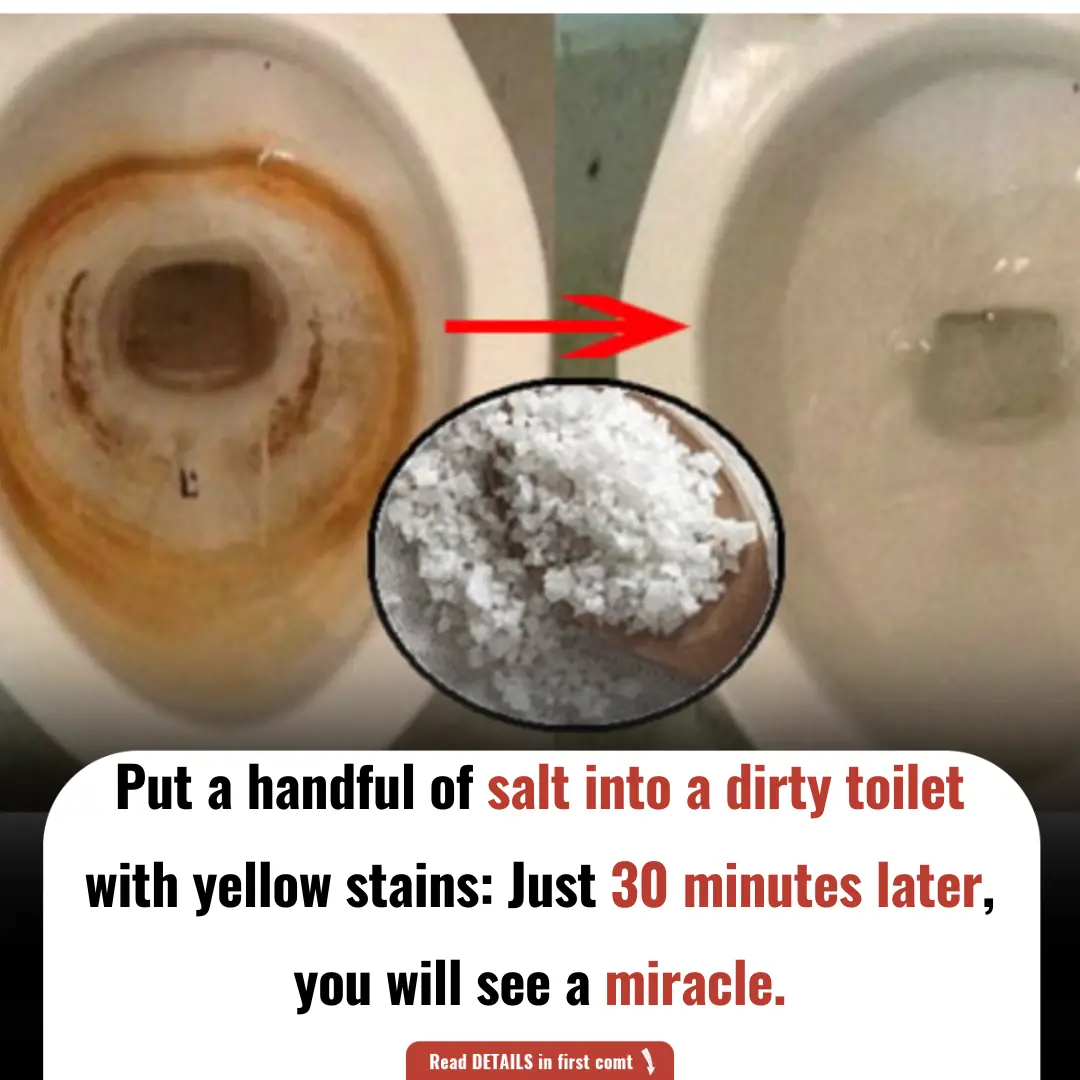
Put a handful of salt into a dirty toilet with yellow stains: Just 30 minutes later, you will see a miracle

Cook black bean sweet soup quickly, delicious, not time consuming, save gas/electricity

The Surprising Uses of Coffee Grounds, If You Have Them at Home, Don’t Throw Them Away
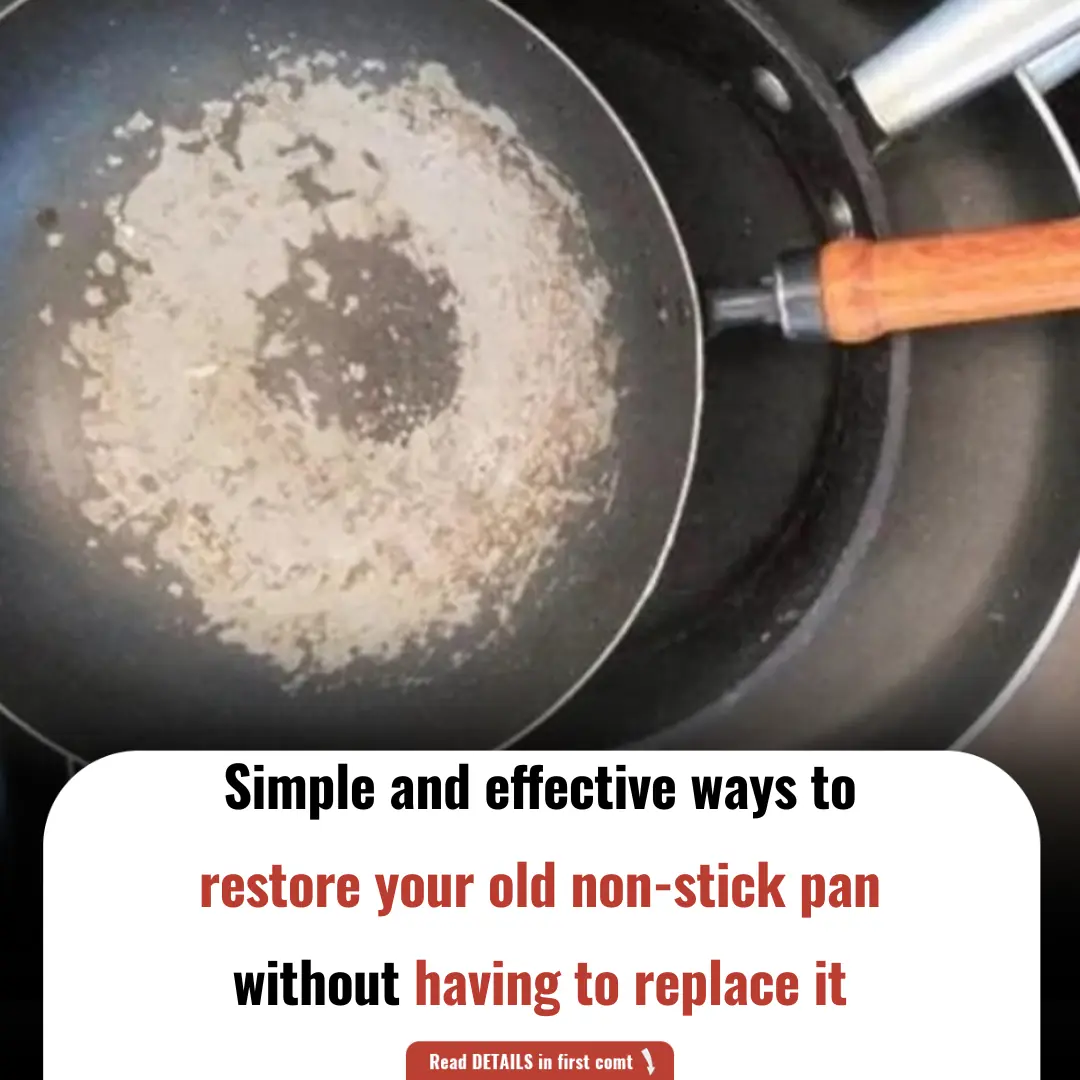
Simple and Effective Ways to Restore Your Non-Stick Pan Without Having to Replace It

How to Use Aloe: 11 Benefits for Skin Care, Digestion and More

Snake enter the house, prevention methods and practices

Clogged Water Pipes? This Simple Trick Solves It Easily Without Needing to Call a Plumber

When washing dishes, follow this method to remove all chemicals: Don't rush and risk "eating" detergent.

Put the Small Egg Tray into the Super Fast Heating Oven, the Utility That Every Home Needs, Many People Don't Know

Do You Need to Unplug the Rice Cooker After Cooking? The Answer Is Truly Unexpected

Place One Garlic Clove in Each Room to Absorb All Bacteria, Viruses, and Prevent the Flu in the House

4 Easy and Cost-Free Ways to Remove Yellow Sweat Stains from White Shirts
News Post
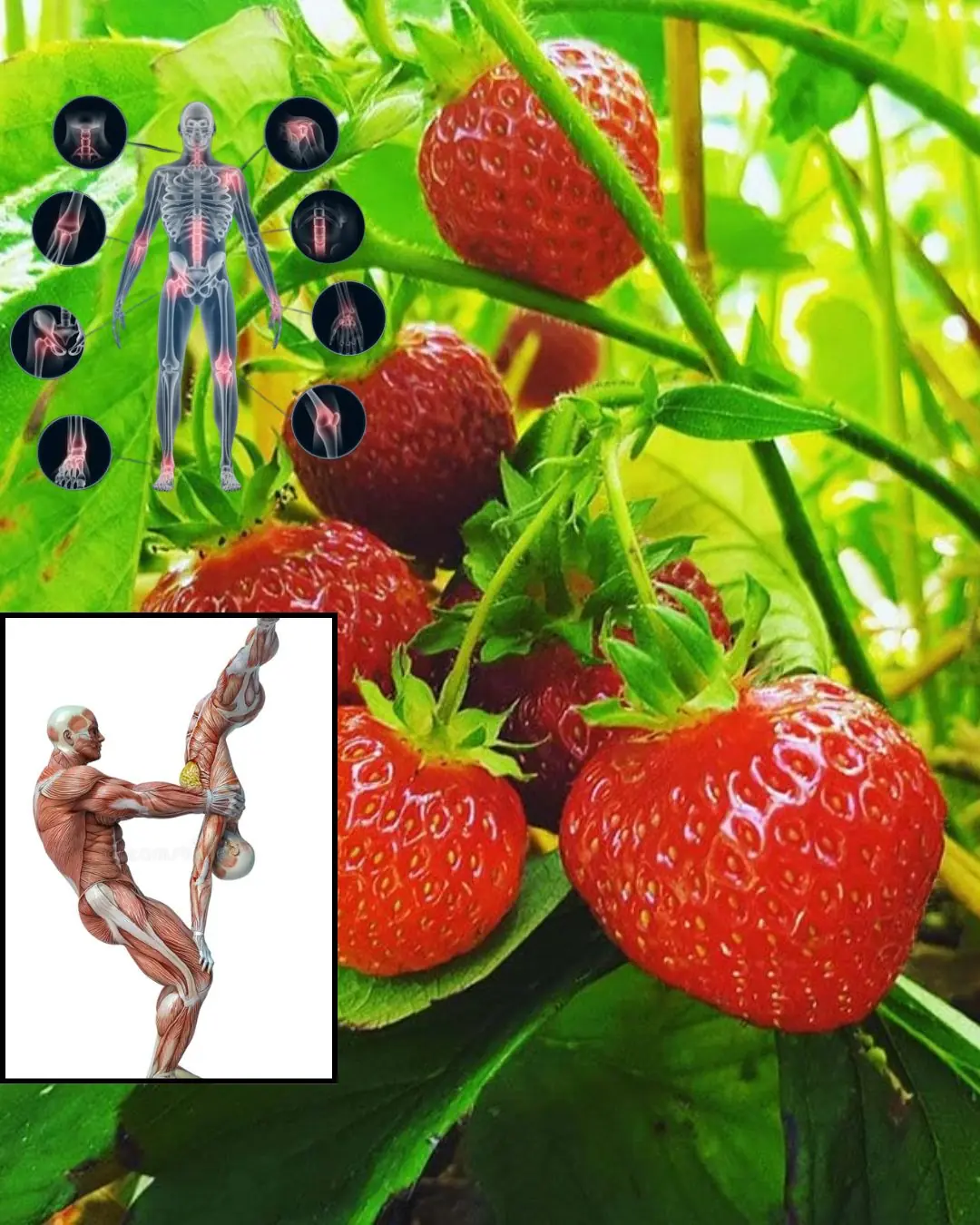
Never Throw Away Strawberry Leaves: 17 Powerful Reasons Your Whole Family Will Need Them.
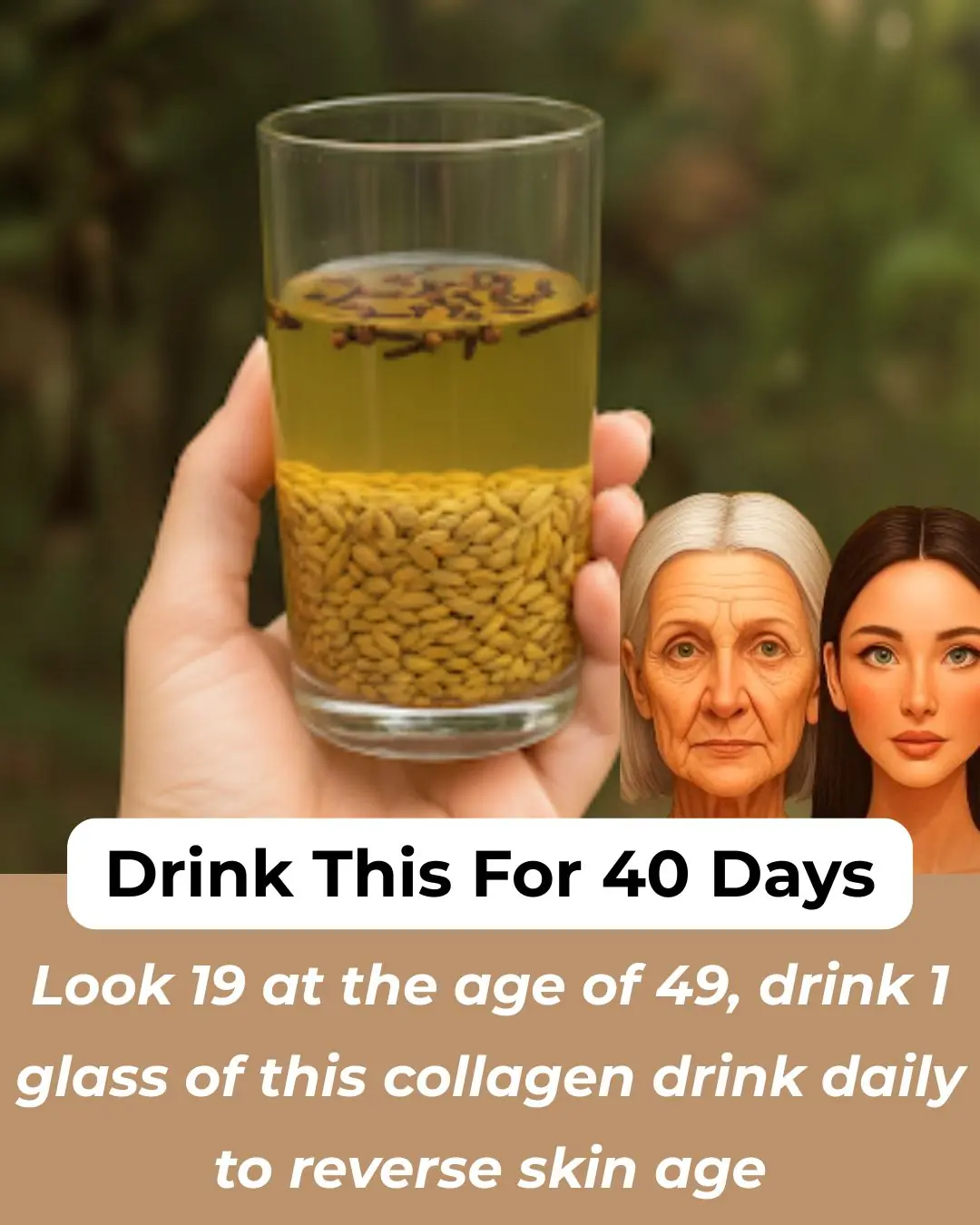
Clove Cumin Detox: Collagen Booster

When buying loofah, should you choose the dark green or light green ones for better taste? Many people who have been shopping for years still don't know this.

Two quick and easy ways to wash yellowed pillow fillings, instantly turning them bright white like new.

Playful ICE Arrest Mugshot Explodes Online — And The Real Reason Will Surprise You
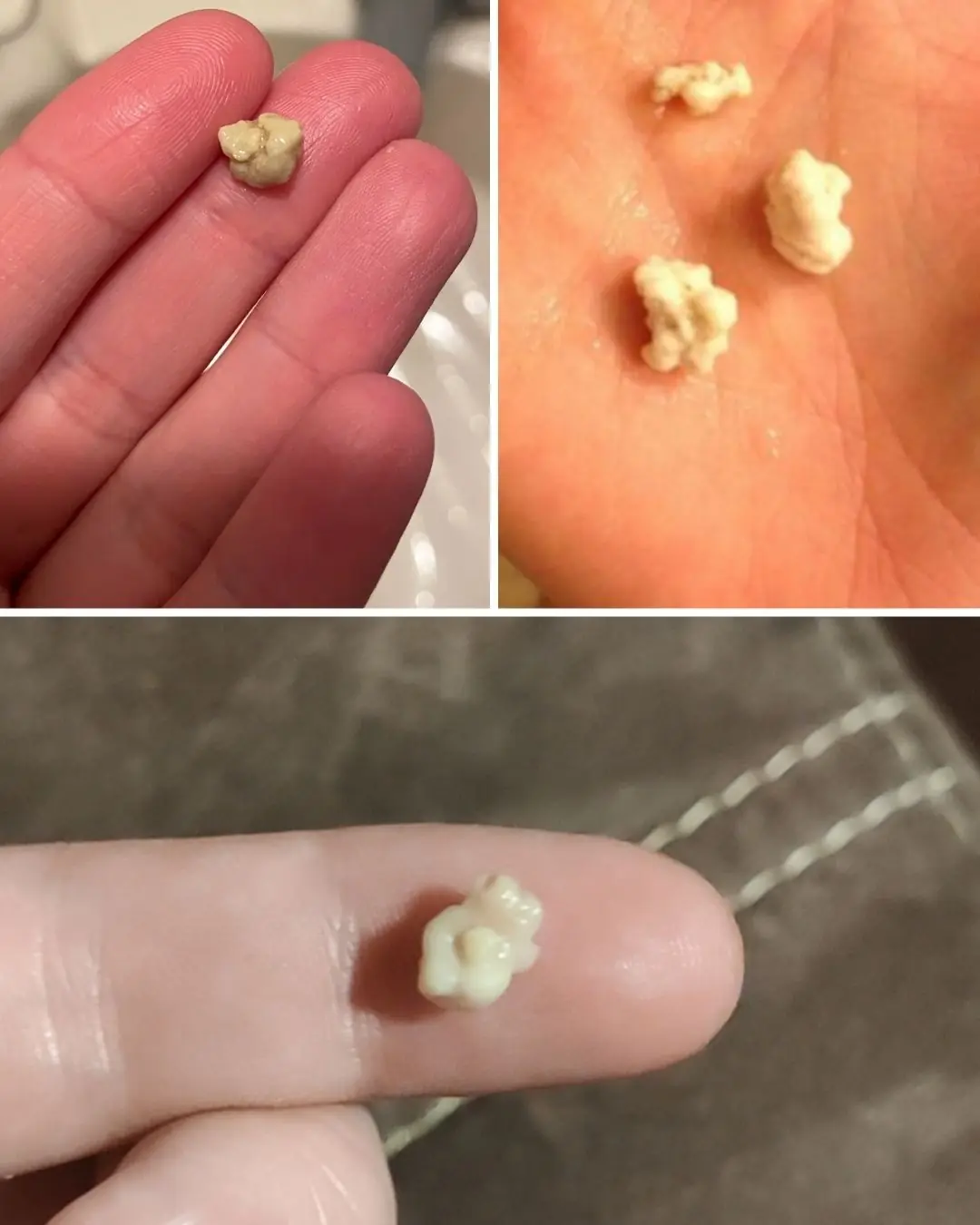
Tonsil Stones: Causes, Symptoms, and Natural Remedies

“Brewing coffee with hot water is old-fashioned, brew coffee in cold water using the method of the past for an unexpectedly delicious taste.

Put a Wet Paper Sheet in the Washing Machine – Surprising Benefits, Something Every Household Needs This Winter

Wrap a nylon bag around a broom – no vacuum cleaner needed, yet it still gathers scattered hair in the house.

Fix a clogged showerhead with weak water flow in just 3 minutes – no need to spend money on a replacement

Experts reveal 3 ways to eliminate E. coli bacteria in water – essential knowledge to protect your family

Put a handful of salt into a dirty toilet with yellow stains: Just 30 minutes later, you will see a miracle

Cook black bean sweet soup quickly, delicious, not time consuming, save gas/electricity

Apple insider reveals new leaks about foldable iPhone release for 2026

Experts reveal the five foods you should absolutely never freeze
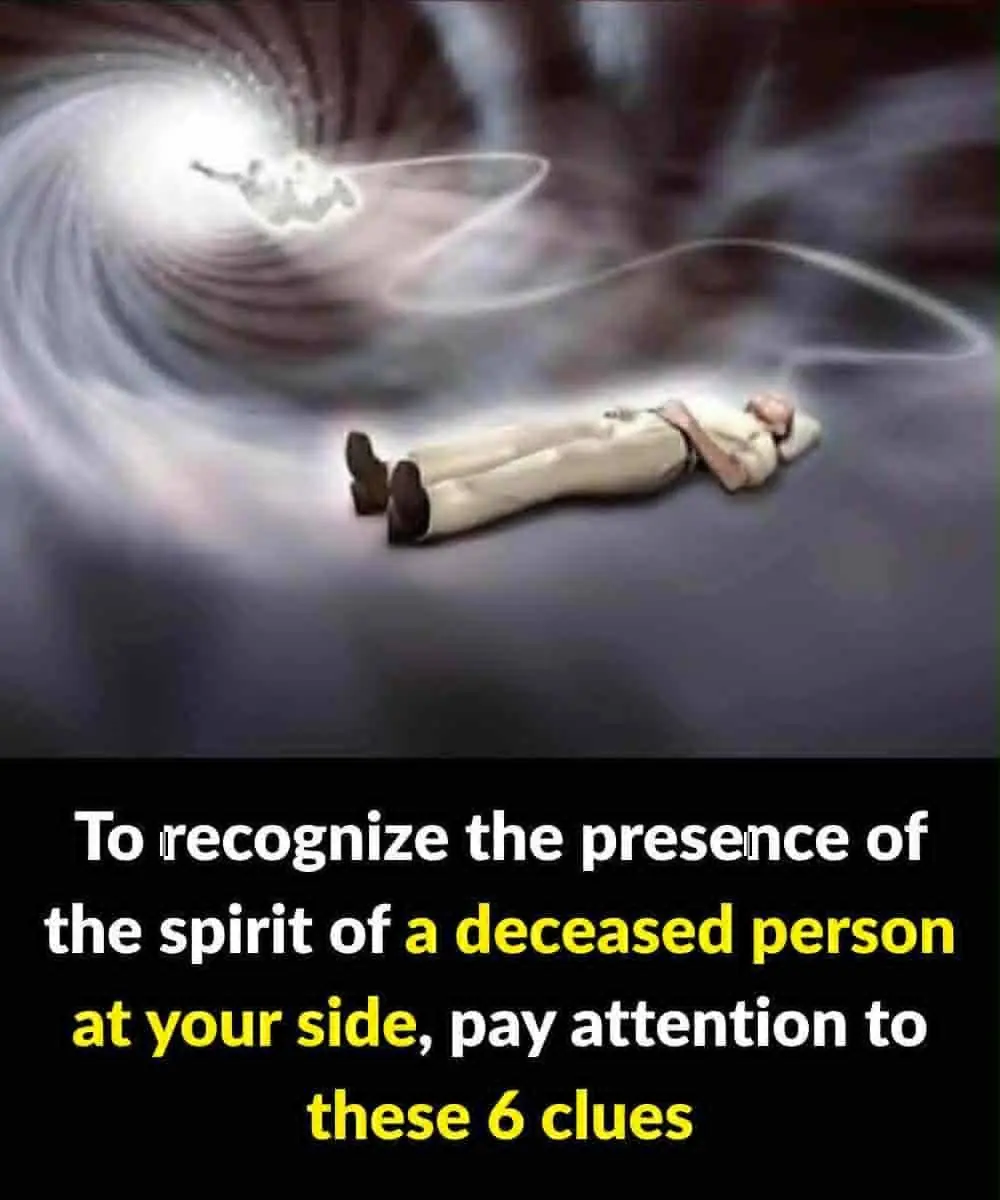
The difference between the spirit of a loved one and other forces

Your Heart Emits a Magnetic Field 100x Stronger Than Your Brain – And It Can Be Detected 3 Feet Beyond Your Body

🌱 Discover Papaya Seeds: Nature’s Tiny Powerhouse for Total Wellness
